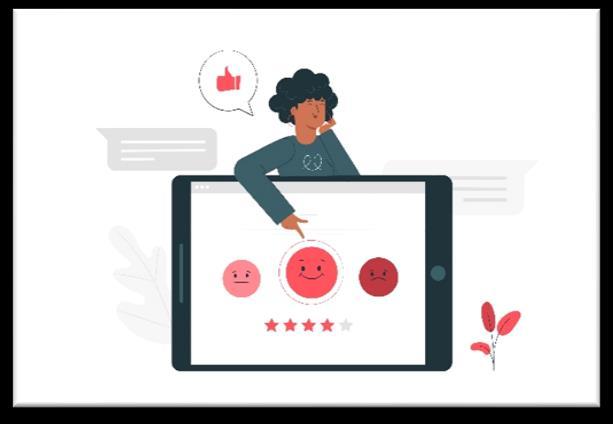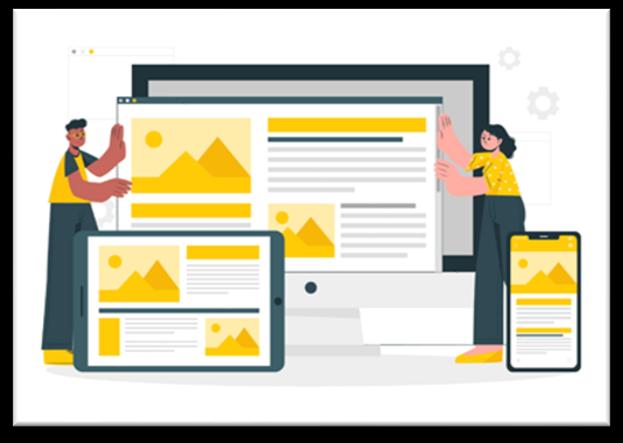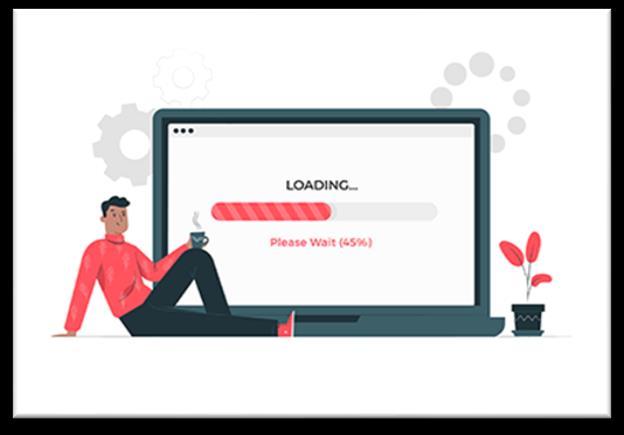Understanding Website User Experience:
Agreatuserexperienceiskeytothesuccessof a website. It creates a positive impression and can result in increased engagement, increased time spent on the site and increased conversions. By making small changes to improve the user experience, you can retain visitors to your website and gain more conversions. An organized and visually appealing website is a great place to start, but alwaysbemonitoringand testingyourwebsite to see how well it performs and where improvements can bemade. Byunderstanding and implementing the concepts that drive a great user experience, businesses can ensure that their website performs at its best and provide the best user experience for visitors
What is Website User Experience?

Websiteuserexperience(UX)isthepracticeof designing websites with the user in mind. It refers to the overall experience a website visitor has while interacting with a website, from the moment they arrive to the moment they leave. Good website UX is crucial for the success of any website as it can affect everything from user engagement and retention to brand image and revenue.
their target audience. This involves conducting research on user behaviours, preferences, and pain points, and designing the website accordingly.
Website UX also plays a critical role in search engine optimization (SEO), as it affects how search engines rank and display websites. Websites with good UX are more likely to appear at the top of search engine results pages, resulting in increased traffic and visibility for the website. In summary, website UX is a vital component of website design that focuses on creating an enjoyable and functional website experience for users while also benefiting website owners by driving increased traffic, engagement, and revenue.
Key Elements of Website User Experience:
Intoday'sdigitalworld,havinganengagingand enjoyablewebsiteuserexperienceiscrucialfor every business. A website's user experience, commonly known as UX, refers to the overall experience a user has while interacting with a website. It is a combination of usability, accessibility,anddesignthatimpactstheuser's interaction with the website. There are some key elements of website UX that every business should focus on to ensure their website adapts well to their users' needs.
01. Usability:
At its core, website UX focuses on providing a seamless and enjoyable experience for the user. This involves creating a website that is easy to navigate, visually appealing, and functional. It also means ensuring the website is accessible and responsive across all devices, such as mobile and tablet devices. To achieve good website UX, web designers must first understand the needs andexpectations of
One of the most important elements of website UX is ease of use. Your website should be intuitive and easy to navigate, allowing users to quickly find what they are looking for. This can be achieved through clear and consistent website design, well-placed call-toaction buttons, and easy-to-read fonts. Secondly, accessibility is another important factor in website UX. It is essential to build websites that are accessible to all users, including those with disabilities, ensuring that your website's content can be accessed via assistive technology. Ensuring that your website is optimized for accessibility will enhance its user experience and will also give it a broader reach.
02.
Design:
The visual design of a website should be visually appealing, engaging, and attractive to the user. A well-designed website can help to keep users on the site for longer and improve their overall experience.

03. Content:
The content on a website should be wellwritten, relevant, and presented in a way that is easy to read and understand. This can help to keep users engaged and interested in the site's content.
04. Performance:
A slow-loading website can be frustrating for users, affecting their browsing experience negatively. Therefore, websites should be optimized for quick page loads for every page on their site. Lastly, mobile responsiveness is also important because of its increased usage. As most users access the internet via mobile devices,websiteswillneedto beoptimizedfor seamless viewing across different devices, which will help provide a consistent user experience throughout the site.
05.
Accessibility:
Websites should be designed to be accessible touserswithdisabilities.Thisincludesfeatures such as screen readers, keyboard navigation, andotherassistivetechnologiestoensurethat all users canuse the website.
06. Mobile optimization:
Websites should be optimized for mobile devices since more users are accessing websites from their smartphones. This includes having a responsive design that adapts to different screen sizes and ensuring that the site is easy to navigate on a mobile device.
07.
Trust:
Trust is critical to user experience. Users should feel confident that their information is safe and that the site is reputable. This can be achieved through security measures such as SSL certificates and by displaying trust signals such as customer testimonials and reviews.
Website User Experience Checklist:
Checking website user experience involves evaluating various aspects of the website to ensurethatitisuser-friendly,easytonavigate, and visually appealing. Here are some steps you can take to check the user experience of a website:
01. Responsive Design:
A responsive website design ensures that the website looks good and functions well across all devices, including desktops, laptops, tablets, and smartphones. Test the website on different devices and screen sizes to ensure that it's fully responsive.
Tools and sites to use:
• Google's Mobile-Friendly Test: Thistoolcheckswhetherawebsite is mobile-friendly and provides suggestions for improvements.
• BrowserStack: Thistool allowsyou to test your website on multiple devices and browsers.
02. Navigation:
Navigation is a critical aspect of website user experience. Ensure that the website's navigation is clear, easy to understand, and intuitive. Use labels that accurately describe the content of each page and make sure that the navigation is visible on every page.
Tools and sites to use:
• Treejack: This tool helps you test the website's navigation and information architecture by simulating user scenarios.
• Optimal Workshop: This tool provides a suite of user research and testing tools, including tree testing and cardsorting.
03. Load Time:
Afast-loadingwebsiteisessentialforapositive user experience. Optimize the website's images, code, and content to ensure that it loads quickly. Use caching, compression, and CDNs to further improve load times.

• Adobe Color: This tool helps you choose a color scheme that works well together and is aesthetically pleasing.
• Canva: This tool allows you to create custom graphics, icons, and illustrations for your website.
05.Content:
High-quality content is essential for a positive user experience. Ensure that the website's contentisaccurate,informative,andengaging. Use headings, subheadings, and bullet points to make the content easy to readand scan.
Tools and sites to use:
• Grammarly: This tool helps you check your content for spelling and grammatical errors.
• Hemingway Editor: This tool helps yousimplifyyourwritingandmake it easier to read.
06. Call-to-Action:

Tools and sites to use:
• Google PageSpeed Insights: This tool analyzes your website's performance and provides suggestions for improvement.
• GTmetrix: This tool provides a detailed analysis of your website's speed and provides recommendations for improvement.
04. Visual Design:
A visually appealing website can create a positive impression on users and keep them engaged. Use a consistent color scheme, typography, and imagery throughout the website. Ensure that the website is visually balanced and easy on the eyes.
Tools and sites to use:
A clear and prominent call-to-action can help guideuserstowardsthedesiredaction,suchas making a purchaseor fillingout a form. Ensure thatthecall-to-actionisvisibleandeasytofind on the website.
Tools and sites to use:
• Crazy Egg: This tool provides heatmaps and other analytics to help you optimize your website's call-to-action.
• Unbounce: This tool allows you to create custom landing pages with clear calls-to-action.
07. User Feedback:
User feedback can provide valuable insights into the website's usability, content, and design. Use surveys, polls, and user testing to collect feedback from users and identify areas for improvement.
Tools and sites to use:
• UserTesting: This tool provides user testing and feedback services for websites andmobile apps.
• Qualaroo: This tool allows you to create surveys and polls to collect user feedback on your website.
Conclusion:
Inconclusion,thekeyelementsofwebsiteuser experience - usability, accessibility, design, load speed, and mobile responsiveness - are criticaltocreatinganengagingandsatisfactory website experience. By considering these essential elements, you'll be able to build a website that enhances user engagement, increases conversion rates, and ultimately helps grow your business.Design your website from the most reputable website design company in Mumbai with all the user experience aesthetics.
